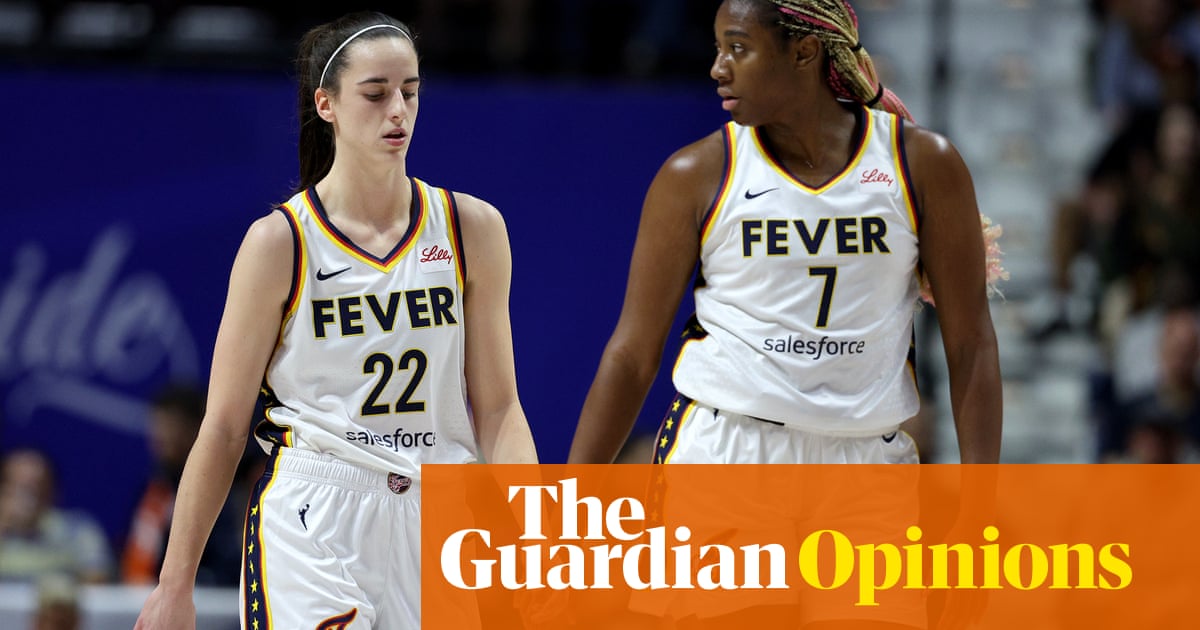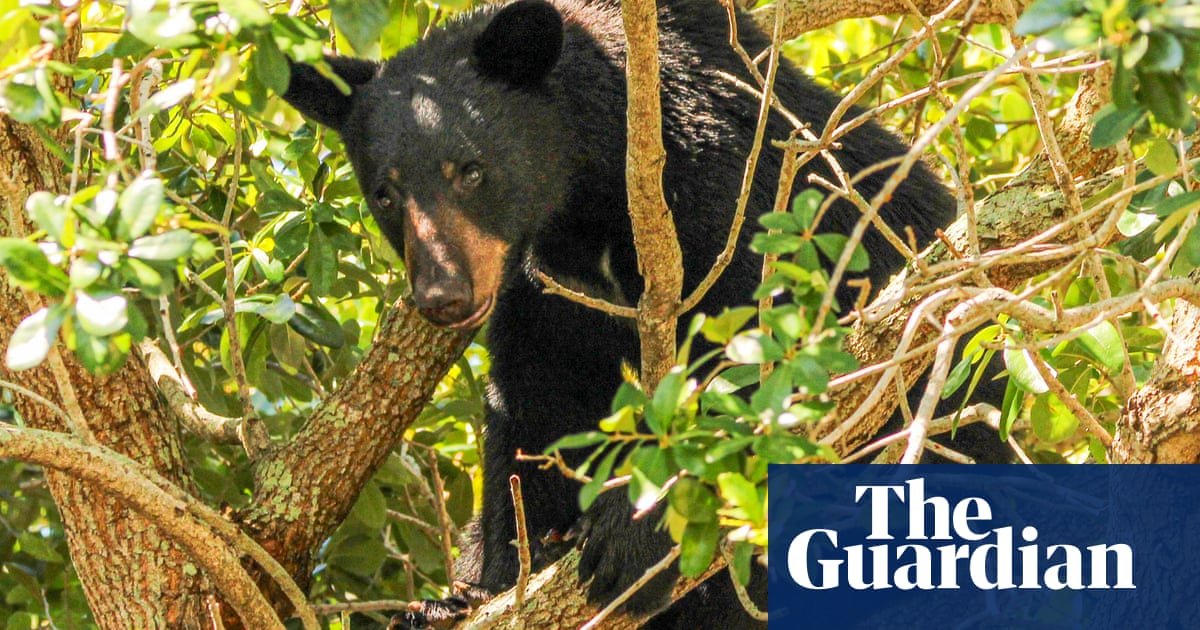Millions of Americans face the threat of dangerous heatwaves in the coming weeks with another summer of record-breaking temperatures forecast to hit the US.
Most of New Mexico and Utah – alongside parts of Arizona, Texas and Colorado – have the highest chance (60% to 70%) of seeing hotter-than-average summer temperatures, according to the National Oceanic and Atmospheric Administration (Noaa). In addition, the entire north-east – from Maine down to Pennsylvania and New Jersey – as well as a large stretch from Louisiana to Arizona, Washington and Idaho, have a 40% to 50% chance of experiencing above-average temperatures from June through August.
Only south-west Alaska is expected to have below-normal temperatures.
“We can expect another dangerous hot summer season, with daily records already being broken in parts of Texas and Florida,” said Kristy Dahl, principal climate scientist for the Climate and Energy program at the Union of Concerned Scientists.
“As we warm the planet, we are going to see climate disasters pile up and compound against each other because of the lack of resilience in our infrastructure and government systems.”
Texas has already been hit with a series of tornadoes, unprecedented floods and record-breaking temperatures. Earlier in May, temperatures spiked as hundreds of thousands of households around Houston were left without power after a destructive storm killed at least seven people and damaged transmission towers and power lines.
The storm, which barreled through New Orleans and into northern Florida, was tied to a record-shattering heatwave pummeling Central America, which has caused schools to close and crops to perish. All this heat is being driven by a heat dome, a powerful area of high pressure, which has been hovering over Mexico for weeks, causing record-breaking temperatures across the country, including unusually hot and sweltering nights in Mexico City, where fears are rising over dwindling water supplies, the national grid and the elevated risk of wildfires.
Meanwhile, smoke from Canadian wildfires has already blanketed parts of the midwest.
The 2024 summer forecast comes at what appears to be the tail end of El Niño, a natural climate phenomenon that is expected to be replaced by its equally impactful counterpart, La Niña. This switch from El Niño to La Niña will exacerbate global heating to generate hotter-than-average summer temperatures for most of the US.
But temperature records are being smashed globally, year after year, as greenhouse gasses released by burning fossil fuels warm the planet.
More than two-thirds of all Americans were under heat alerts in 2023 – the hottest year on record for the planet, which was followed by the warmest winter on record. Noaa, health officials and some local governments are stepping up plans to better prepare for extreme heat, which is increasingly striking in areas unused to – and unprepared for – dangerous temperatures.
HeatRisk, a new online tool from Noaa and the Centers for Disease Control and Prevention, provides seven-day forecasts focused on the dangers of extreme heat, taking into account cumulative impacts of heat by identifying the expected duration of the heat, including both daytime and nighttime temperatures.
According to official figures, there are around 1,200 heat deaths annually, but that is likely to be a serious undercount due to local variations in reporting and investigating heat-related fatalities. Older adults, children, pregnant people, people with substance-use issues and unsheltered populations are among the most vulnerable to extreme heat.
This year could prove particular perilous for outdoor workers across the US, but especially in Florida after the Republican-controlled state followed Texas in banning towns and cities from enacting regulations guaranteeing workers access to life-saving shade, water and breaks. (A Texas county court judge struck down the 2023 so-called “Death Star law” as unconstitutional, and it’s now heading to the Texas supreme court, which is made up entirely of Republican judges.)
after newsletter promotion
In contrast, Washington and Oregon expedited heat-protection laws for outdoor workers after the 2021 heat bomb caught the Pacific north-west unprepared and left hundreds dead. They joined California, Nevada and Minnesota as the only states with statewide occupational heat standards, though five others including New York are in the process of securing them.
According to a report by Public Citizen, as many as 2,000 workers die of heatstroke, kidney failure and heat-induced cardiac arrest annually, and 170,000 workers are injured from laboring in extreme heat.
Phoenix, Arizona – the US’s hottest city – is bracing itself for another scorching year. Last year, Phoenix suffered a month of consecutive days over 110F (43C) and a record 645 heat deaths – a 700% rise over the past decade. The city’s office of extreme heat, which was created in 2021 amid soaring heat mortality and morbidity, is extending opening hours for some larger cooling centers this summer, and will expand its tree-planting program to improve shade in the most marginalized neighborhoods. It’s unclear what impact the city’s decision to evict a large downtown homeless encampment – where many services are located – will have on heat deaths, as 45% of last year’s fatalities involved unsheltered people.
This summer could prove to be the hottest on record, followed by a potentially record-breaking hurricane season, with as many as 25 named storms including 13 hurricanes forecast by Noaa.
“Record global warmth is often tied to El Niño, but as we transition to La Niña, it still looks to be a potentially record-breaking year. That clearly suggests to me that the anthropogenic signal is there,” said meteorologist James Marshall Shepherd, director of the University of Georgia’s atmospheric sciences program. “I am also worried about the ocean temperatures, which are very warm, particularly as we approach the Atlantic hurricane season. That’s bad news, particularly since La Niña already tends to be associated with more active seasons.”
And unless the world can wean itself off fossil fuels, the future looks even hotter.
Shepherd added: “Attribution studies are pretty decisive that heatwaves will continue to be more intense and frequent. These are not your grandparents’ heatwaves.”









